What Should I Do For Reducing Post-lipo Swelling?
Body Plastic Surgery
Liposuction is a body contouring procedure designed to eliminate localized fat deposits quickly, suitable for those struggling with persistent fat pockets resistant to diet and exercise. While offering numerous benefits, liposuction can also result in swelling, a common concern among patients.
After a liposuction procedure, the body reacts to the trauma of the surgery by retaining fluids in the treated areas. This leads to temporary swelling, which is more common in some individuals than others.
In this article, we discuss the reasons and treatments for swelling after liposuction and answer some of your questions, with a focus on strategies for lowering inflammation and promoting a smoother recovery process.
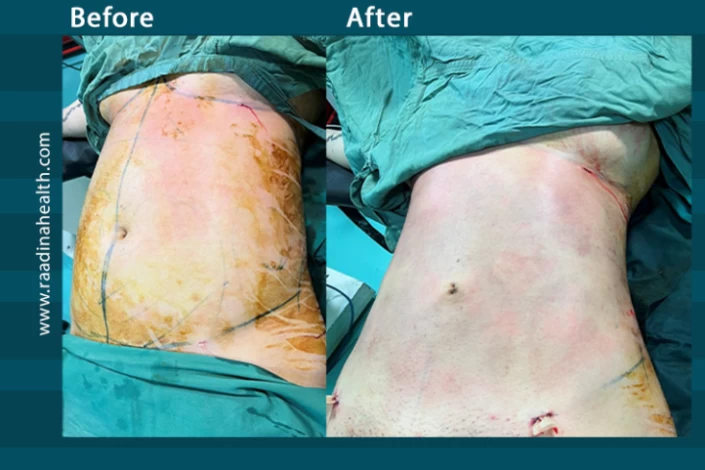
What Is Liposuction?
Liposuction is mainly performed to remove unwanted fat deposits from different body parts. Today, liposuction is performed in different methods. The most efficient types of lipo surgery include tumescent, ultrasound-assisted, laser-assisted, and power-assisted. Tumescent is the most popular technique of this surgery as it is safer and less painful than other methods.
Lipo surgery is mostly done under local anesthesia. After administering anesthesia, the doctor melts the fat deposits by laser, ultrasound, or vibration and then sucks out the fat cells with a cannula suction device. Although outpatient, this surgery involves an incision (to insert the surgical devices) and sutures and requires intensive post-op care.
The most common complications of this surgery are post-procedure swelling, pain, and scarring. The other risks of liposuction include fluid accumulation under the skin, infection, bruising, change in the sensation of the operated area, damage to blood vessels and nerves, fat embolism, necrosis, skin discoloration, and internal puncture.
Swelling After Liposuction: Why and When Does It Happen?
Swelling and bruising after liposuction are the natural reactions of the body to any kind of trauma and surgery. After lipo surgery, millions of cells are transferred to the operated area to speed up the repair of the damaged tissue. Also, extra fluid may be stuck in the body's tissues, which causes inflammation; therefore, swelling is an essential part of liposuction recovery and helps the tissues and muscles heal faster. It also facilitates getting rid of fluid pockets after liposuction. Keep in mind that during the first week following liposuction, the swelling is at its highest point. Still, as time passes, it gradually subsides, aiding in lowering inflammation and allowing your muscles to become more visible.

How Long Does It Take for Swelling to Go Down After Liposuction?
How long does swelling last after lipo? As each body uniquely reacts to lipo surgery, it is hard to specify a certain timetable for its swelling. In general, swelling starts to get better after a week, but a large bulk of swelling subsides within four to six weeks following the operation. Following your surgeon's post-op instructions minimizes downtime and improves your final contour.
How to Reduce Swelling After Liposuction?
The majority of liposuction swelling will subside on its own within six to eight weeks following the surgery. Still, if you want to have a slim body in a shorter time and promote healing, you should consider the following points to get rid of swelling and speed up the healing process:
Wear a compression garment.
The compression garment is a piece of clothing that wraps your operated area tightly. By wearing this garment for four weeks, the sutures will be protected, helping to minimize the swelling and ensuring that it goes down faster. Additionally, the skin will adjust to the new contour better, thus aiding in a smoother and more effective recovery. In fact, a compression garment is the best solution for extreme swelling after liposuction. During the first two weeks, you have to wear a compression garment 24/7, and you are only allowed to take it off when you are bathing. In the next two weeks, you can remove it when you sleep at night.
Keep the operated area cool.
A cold compress or ice pack three times a day can significantly reduce the swelling and discomfort after the lipo surgery. On the other hand, exposure to heat can increase your swelling and pain; therefore, you need to avoid sunbathing, hot tub, sauna, etc., while recovering from the surgery.
Eat a healthy diet.
A proper post-lipo diet plays an important role in maintaining the results of your surgery and helps reduce swelling after liposuction. While your affected area is still healing, you should reduce the amount of salt intake, avoid having fast foods, add lean protein and fiber to your diet, and take supplements containing iron and other minerals to reduce inflammation. You can have the following foods to reduce swelling after liposuction:
- Eggs;
- Spinach;
- Water with ginger or lemon;
- Grilled fish;
- Whole grains;
- Roasted chicken or shrimp;
- Brown rice;
- Cereals.
Drink plenty of water.
As mentioned earlier, sodium causes water retention and increases swelling after liposuction. However, you can flush out the excess sodium from your system by drinking at least six glasses of water daily. Staying hydrated also improves the function of your kidneys and lymphatic system and prevents infection. Most surgeons and dieticians suggest that men drink 3.7 liters of water while women should have 2.7 liters of it a day.
Get enough rest and avoid strenuous activities.
A regular sleep plan increases your metabolism and helps you have a slim body for the rest of your life. Getting enough rest throughout the day also helps your body save energy to heal faster. So, you should get at least six hours of sleep daily and refrain from strenuous activities such as bending, lifting heavy objects, running, riding a bicycle, and stretching your body for at least two weeks.
Have a mild, routine exercise plan.
From the second week onwards, your doctor will ask you to establish a mild, routine exercise plan to eliminate the liposuction swelling faster. Walking for 30 minutes and doing light aerobic exercises during the first month of the surgery can improve your contour to a great extent. You can resume your normal exercises from the sixth week after the operation.
Get a manual lymph drainage massage.
Manual lymph drainage (MLD) is a kind of massage that initiates with diaphragmatic breathing and continues with slow rhythmical movements of hands on the affected area. This massage improves the function of the lymphatic system and helps you get rid of fluid-based swelling faster. Most patients need this massage three times a week for about four weeks.
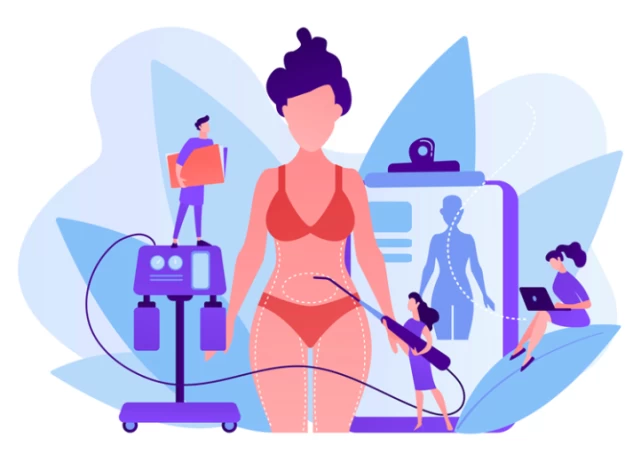
Liposuction Swelling Timeline
Knowing the different phases of liposuction recovery to overcome post-op complications is essential. This section suggests some tips for a more comfortable recovery time after lipo surgery.
1-2 weeks after liposuction
In the first two weeks after having liposuction, your swelling is extreme and bothersome. Also, you probably have severe, sharp pain in the operated area, and the anesthetics have made you feel nauseous and dizzy. Getting lots of rest during this period and having fluids, pain medications, and nutritious food is highly recommended to help your body heal faster and easier.
3-5 weeks after liposuction
From the second week onwards, you will feel less pressure and tightness in your operated areas, and the swelling is much less than before. At this point, you can see the results of your operation to some extent, although there are still some inflammations and lumps on some parts of your body.
6 weeks and more after liposuction
At this time, there is almost no swelling left, and the final results of your surgery are expressed. Wear a compression garment to eliminate the residual swelling, and exercise moderately daily.
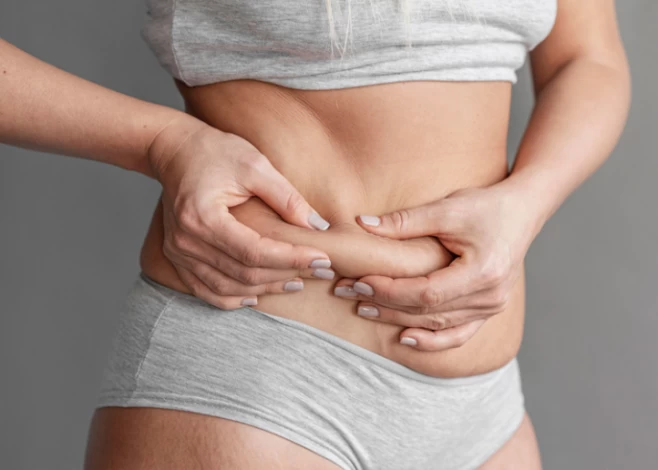
FAQs About Swelling After Liposuction
1) When does liposuction swelling peak?
The swelling gradually increases during the first 72 hours after liposuction surgery and remains stable for a few days. The swelling subsides from the first week onwards, and you feel less tightness in the operated area.
2) Why do I look fat after liposuction?
After lipo surgery, many patients complain that they look even more overweight. Remember that the swelling after liposuction is intense during the first weeks following the surgery, but once it goes down, you can see that your body is slimmer and firmer than before.
3) What is the fastest way to reduce swelling after liposuction?
Unfortunately, there is no way to eliminate liposuction swelling right away. The abovementioned methods only reduce the recovery time and help the swelling decrease faster.
4) What happens if the swelling doesn't go down after liposuction?
Some patients prefer not to take the long road and let the swelling subside at its own pace, which is completely normal and healthy. However, if the swelling does not subside within eight weeks, it may be a sign of kidney dysfunction or severe tissue damage.
5) When is swelling the worst after lipo?
The swelling after liposuction is the worst during the first three days. Most patients assume they gained a few pounds after liposuction and complain about their body contour. However, they should remember that the initial swelling resolves within 15 days, so they must be patient.
6) How long will it take to see my final liposuction results?
It will take around 10 to 12 weeks to see the final results of your surgery, depending on how fast your swelling goes down.


 WhatsApp
WhatsApp
 Telegram
Telegram
 Facebook
Facebook
 Email
Email

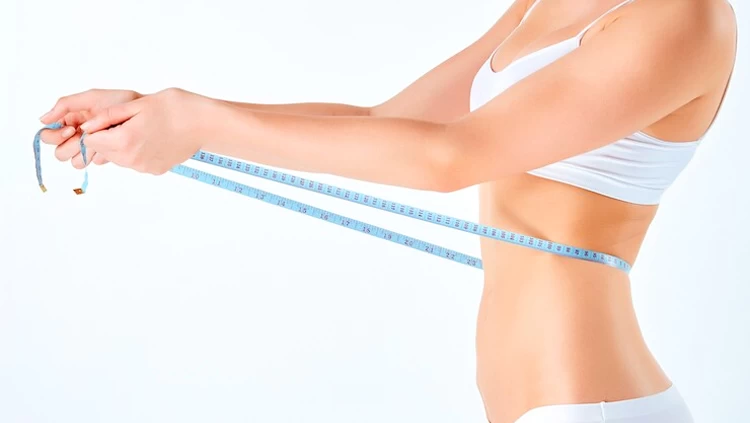

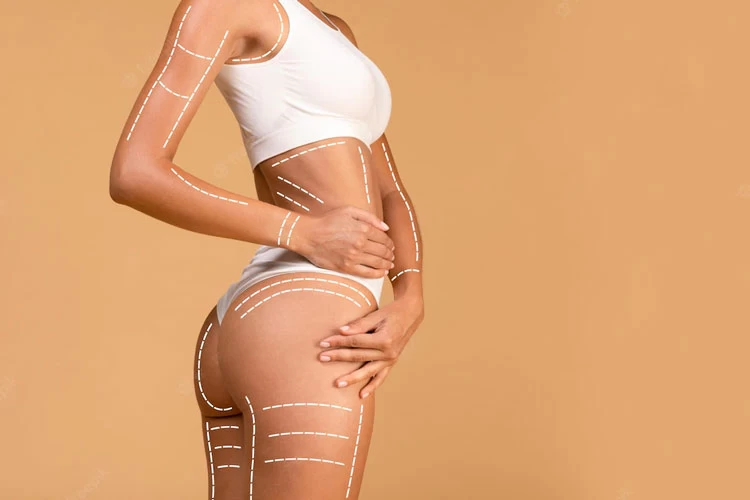




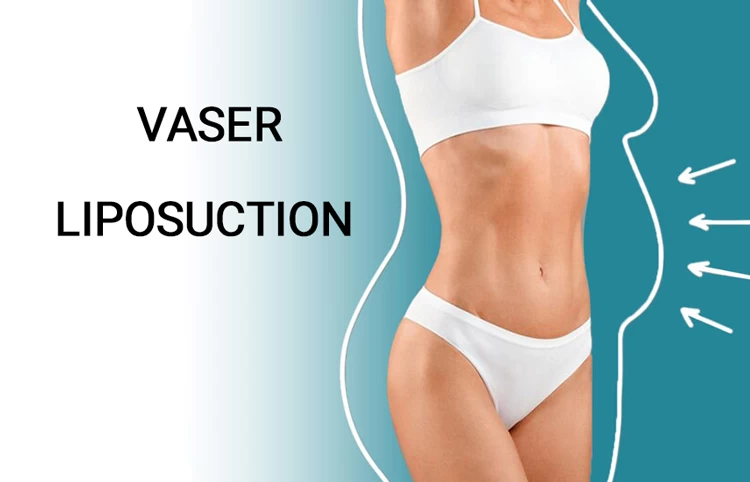

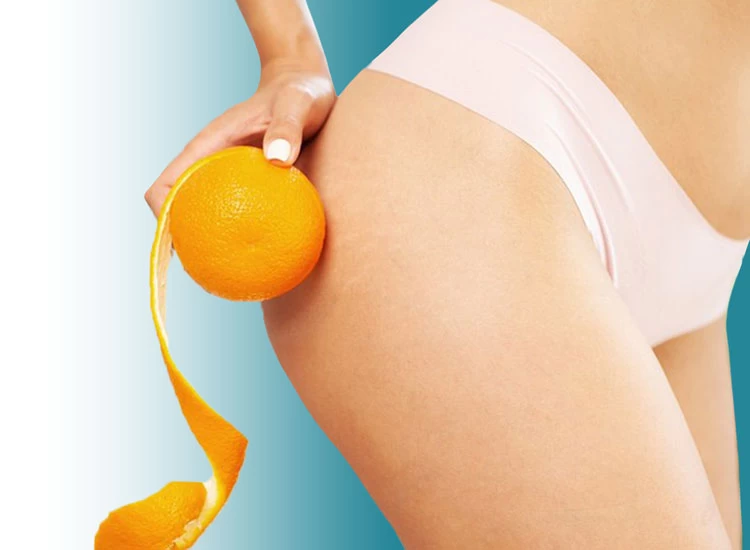
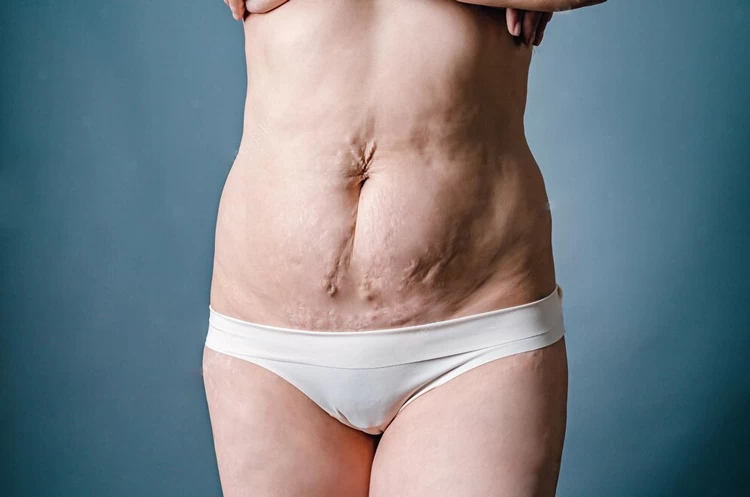

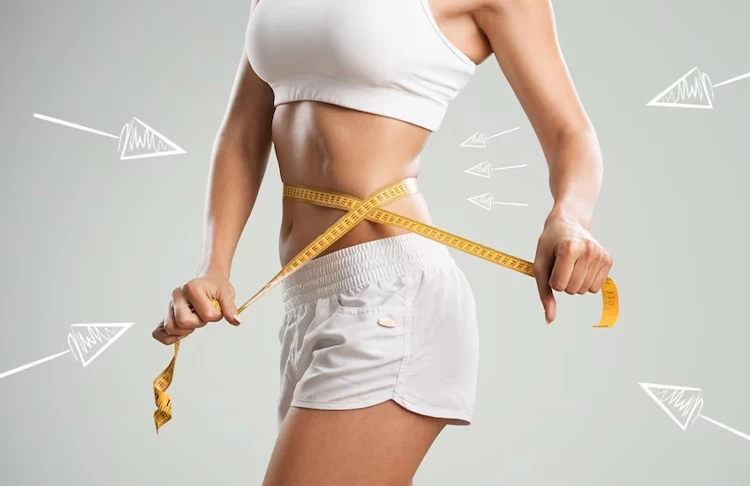
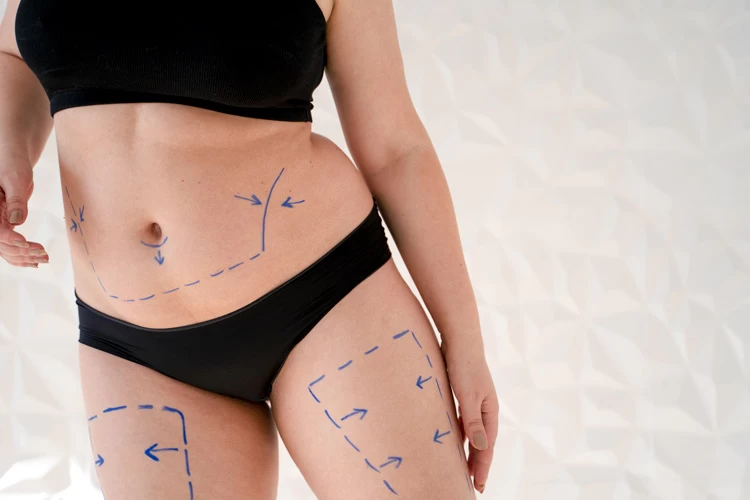
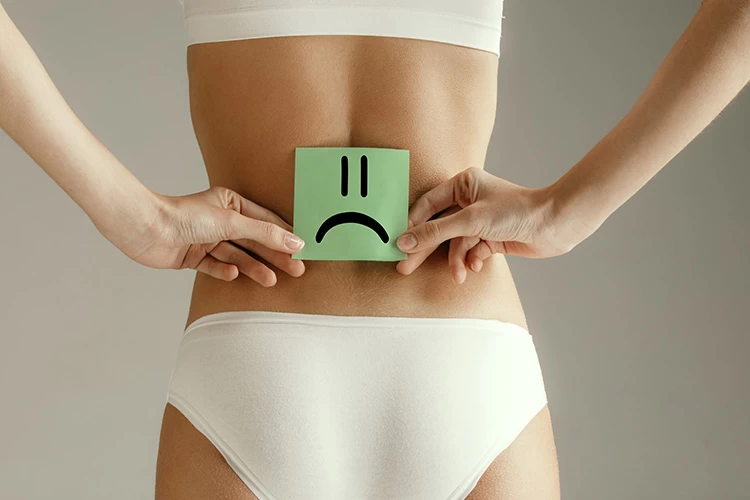

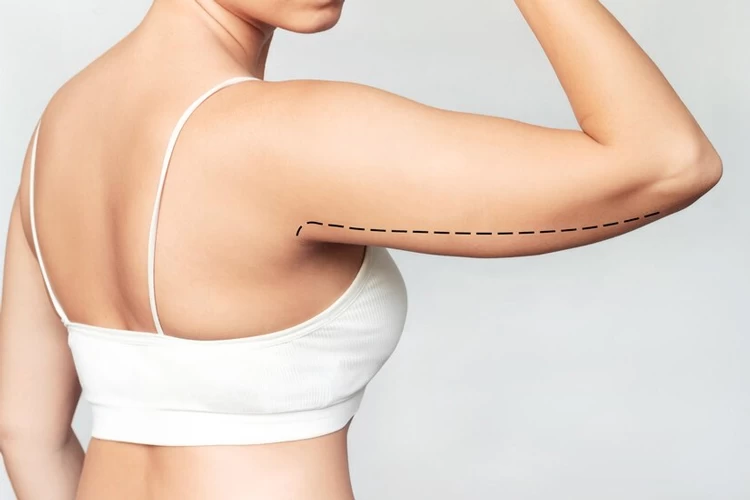
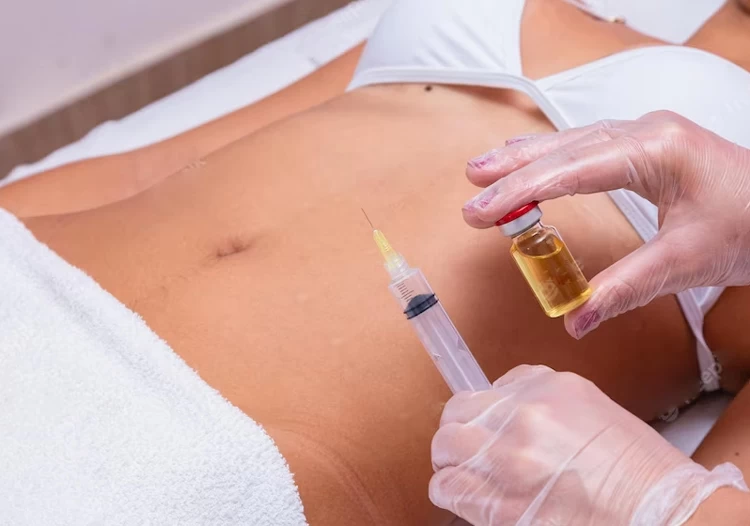
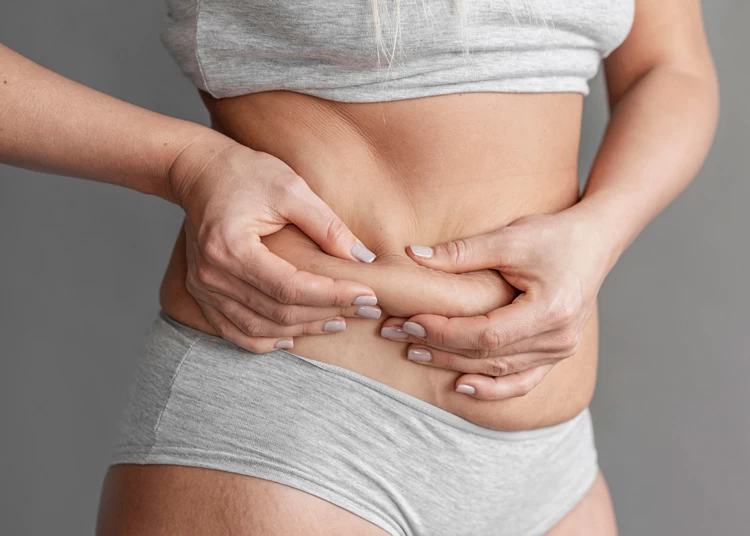
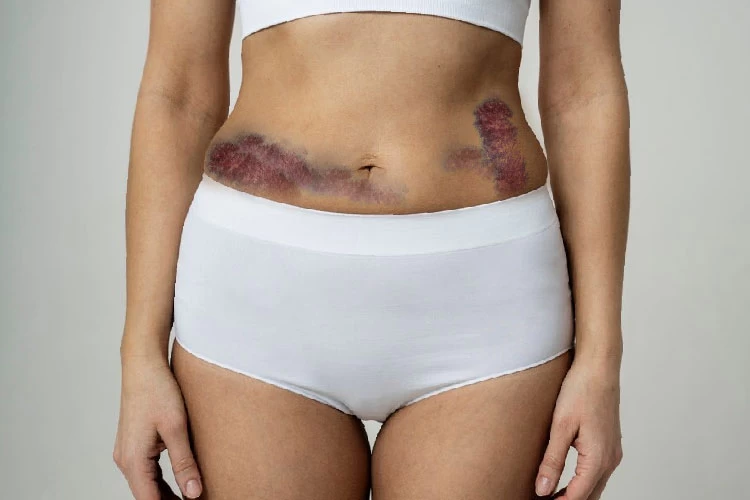
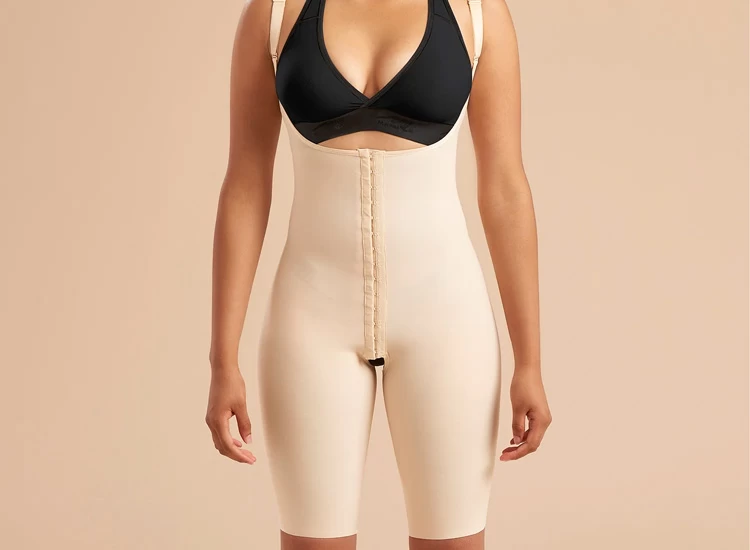

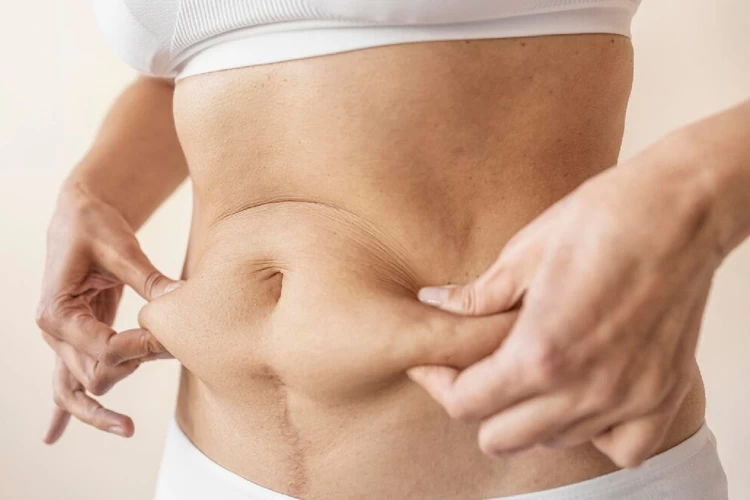

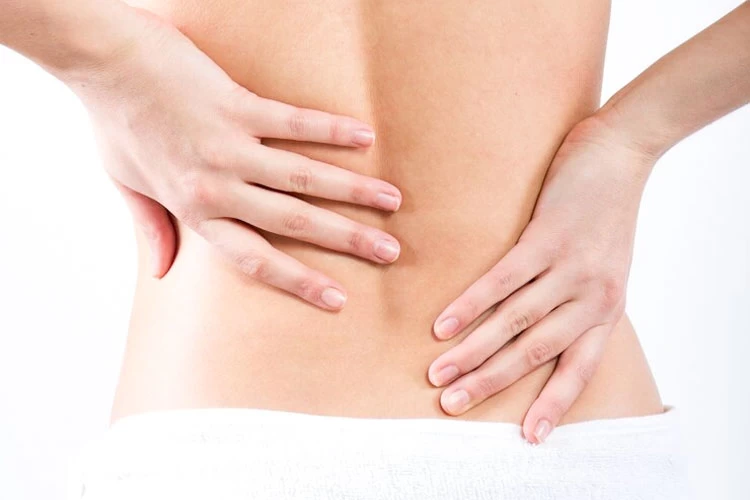
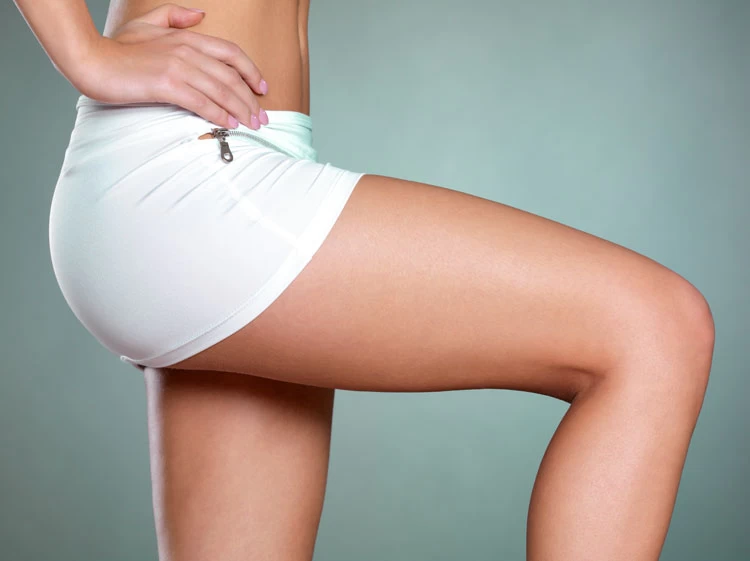
No reviews
Your comment